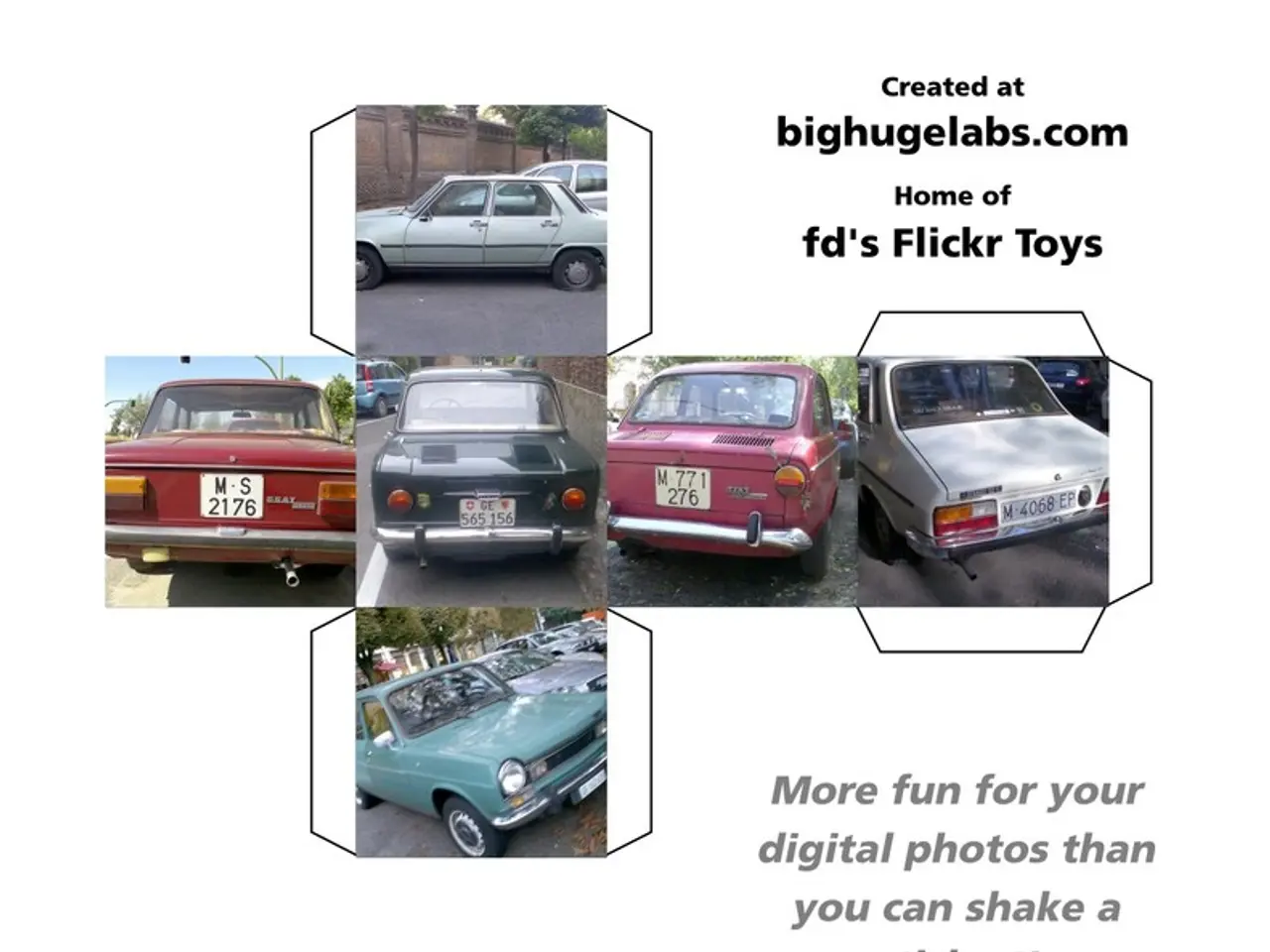Prioritize Avoiding Drowsy Driving Equivalent to Abstaining from Drunk Driving, advises National Sleep Foundation
In a recent survey by the National Sleep Foundation (NSF), it was revealed that 4 in 10 adults would avoid driving if they're sleep-deprived, but nearly 7 in 10 would find another way home after drinking [1]. This underscores the importance of prioritizing sleep for road safety, as experts warn that drowsy driving poses a serious risk, being comparable to driving under the influence of alcohol [2].
Dr. Joseph Dzierzewski, the NSF's Senior Vice President of Research, emphasizes that driving on a few hours of sleep is similar to driving after a few drinks [3]. The NSF CEO, John Lopos, further emphasizes the importance of getting enough sleep, stating that it is crucial not only for health but also for road safety.
The NSF recommends that adults aim for 7-9 hours of sleep per night, and teens of driving age aim for 8-10 hours [4]. To reduce the risk of drowsy driving, it's essential to maintain a consistent sleep schedule, avoid caffeine and alcohol before bedtime, create a sleep-conducive environment, and limit screen time before bed [5].
Moreover, the NSF suggests traveling with an awake companion on long trips and scheduling regular rest breaks every 100 miles or two hours [6]. Dr. Dzierzewski urges Americans to plan for safe travel when tired, suggesting alternatives like rideshares or calling friends to stay safe on the road.
The NSF, along with its partners such as Waymo and MADD, urge drivers to prioritize rest [7]. They are working together to combat drowsy driving, with Drowsy Driving Prevention Week from November 3-9 [8]. During this week, they are using the hashtag #SleepFirst to spread awareness.
According to AAA and NSF data, over 300,000 police-reported incidents, 100,000 injuries, and 6,400 deaths in the U.S. each year are due to drowsy driving [9]. Drowsy driving causes approximately one-fifth of all fatal crashes and accounts for 10% of all crashes leading to hospitalization in the U.S. each year [10].
Fewer adults urge others to avoid driving when too tired compared to discouraging a friend from driving drunk [1]. However, it's crucial to remember that the consequences of drowsy driving can be just as severe. For more resources on drowsy driving prevention, visit the NSF at www.theNSF.org.
In conclusion, emphasizing adequate, quality sleep and being alert to drowsiness signs are fundamental strategies to reduce drowsy driving risks, as advocated by the National Sleep Foundation. So, make sure to get your rest, and #SleepFirst this Drowsy Driving Prevention Week.
References:
[1] National Sleep Foundation (2021). Drowsy Driving Statistics. Retrieved from https://www.sleepfoundation.org/sleep-topics/drowsy-driving-statistics
[2] National Sleep Foundation (2021). Drowsy Driving Prevention Week. Retrieved from https://www.sleepfoundation.org/resources-tools-events/drowsy-driving-prevention-week
[3] National Sleep Foundation (2021). Drowsy Driving: What You Need to Know. Retrieved from https://www.sleepfoundation.org/sleep-topics/drowsy-driving-what-you-need-know
[4] National Sleep Foundation (2021). Sleep Duration Recommendations. Retrieved from https://www.sleepfoundation.org/sleep-topics/how-much-sleep-do-i-need
[5] National Sleep Foundation (2021). Sleep Hygiene Tips. Retrieved from https://www.sleepfoundation.org/articles/sleep-hygiene-tips
[6] National Sleep Foundation (2021). Travel Tips to Avoid Drowsy Driving. Retrieved from https://www.sleepfoundation.org/articles/travel-tips-avoid-drowsy-driving
[7] National Sleep Foundation (2021). Partners. Retrieved from https://www.sleepfoundation.org/about-us/partners
[8] National Sleep Foundation (2021). Drowsy Driving Prevention Week. Retrieved from https://www.sleepfoundation.org/resources-tools-events/drowsy-driving-prevention-week
[9] AAA Foundation for Traffic Safety (2018). Drowsy Driving. Retrieved from https://www.aaafoundation.org/traffic-safety/drowsy-driving
[10] National Highway Traffic Safety Administration (2018). Drowsy Driving. Retrieved from https://www.nhtsa.gov/risky-driving/drowsy-driving
- The National Sleep Foundation (NSF) recommends that adults aim for 7-9 hours of sleep per night, similar to the advice given by car manufacturers for car-maintenance, suggesting that a well-rested individual is crucial for both health-and-wellness and road safety.
- The NSF, in collaboration with industry partners like Waymo, emphasizes the significance of prioritizing sleep, particularly in the finance and transportation sectors, where drowsy driving poses a severe risk, comparable to driving under the influence of alcohol.
- The lifestyle choices we make, including car-maintenance and sleep habits, influence our mental-health and overall well-being. Drowsy driving is not only dangerous but could also lead to financial burdens due to accidents, as well as emotional distress.
- During Drowsy Driving Prevention Week, the NSF uses the hashtag #SleepFirst to spread awareness, advocating for the importance of sleep not only in the science world but also in the broader health-and-wellness industry.
- The NSF, in partnership with organizations such as MADD, aims to combat drowsy driving, which causes approximately one-fifth of all fatal crashes and accounts for 10% of all crashes leading to hospitalization, posing a significant issue in the health and insurance sectors.




